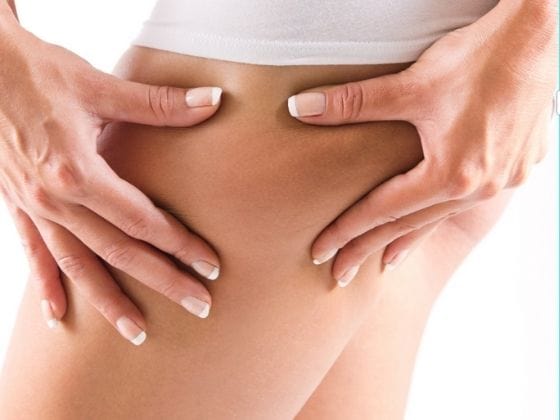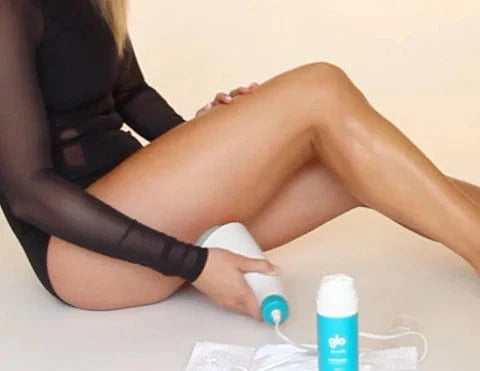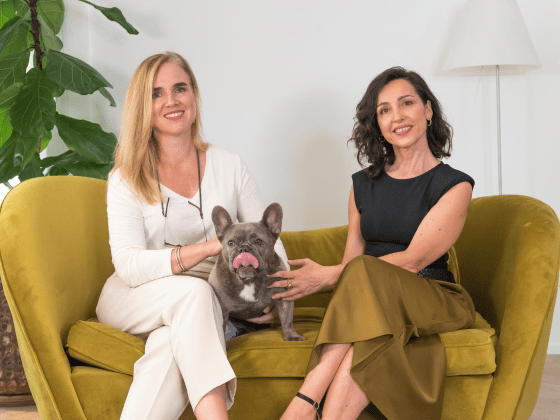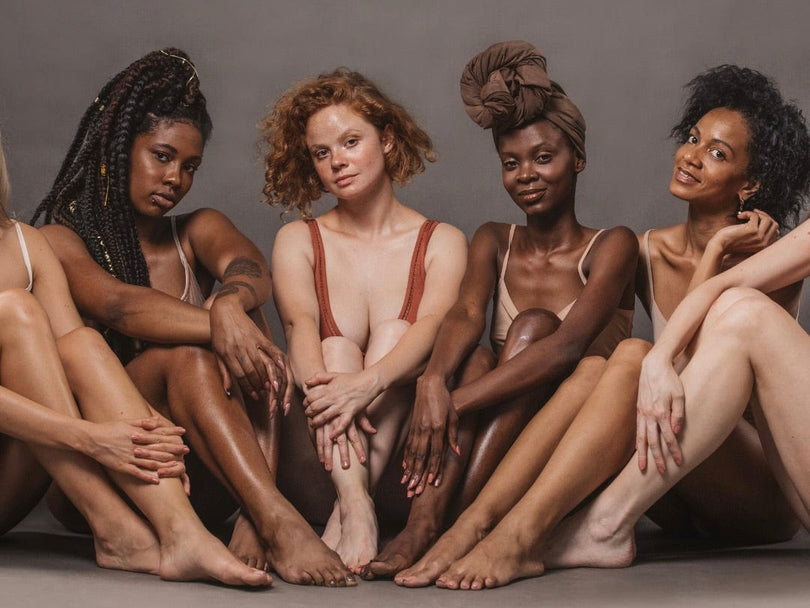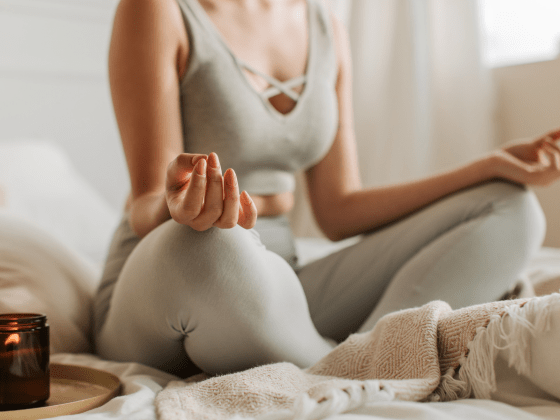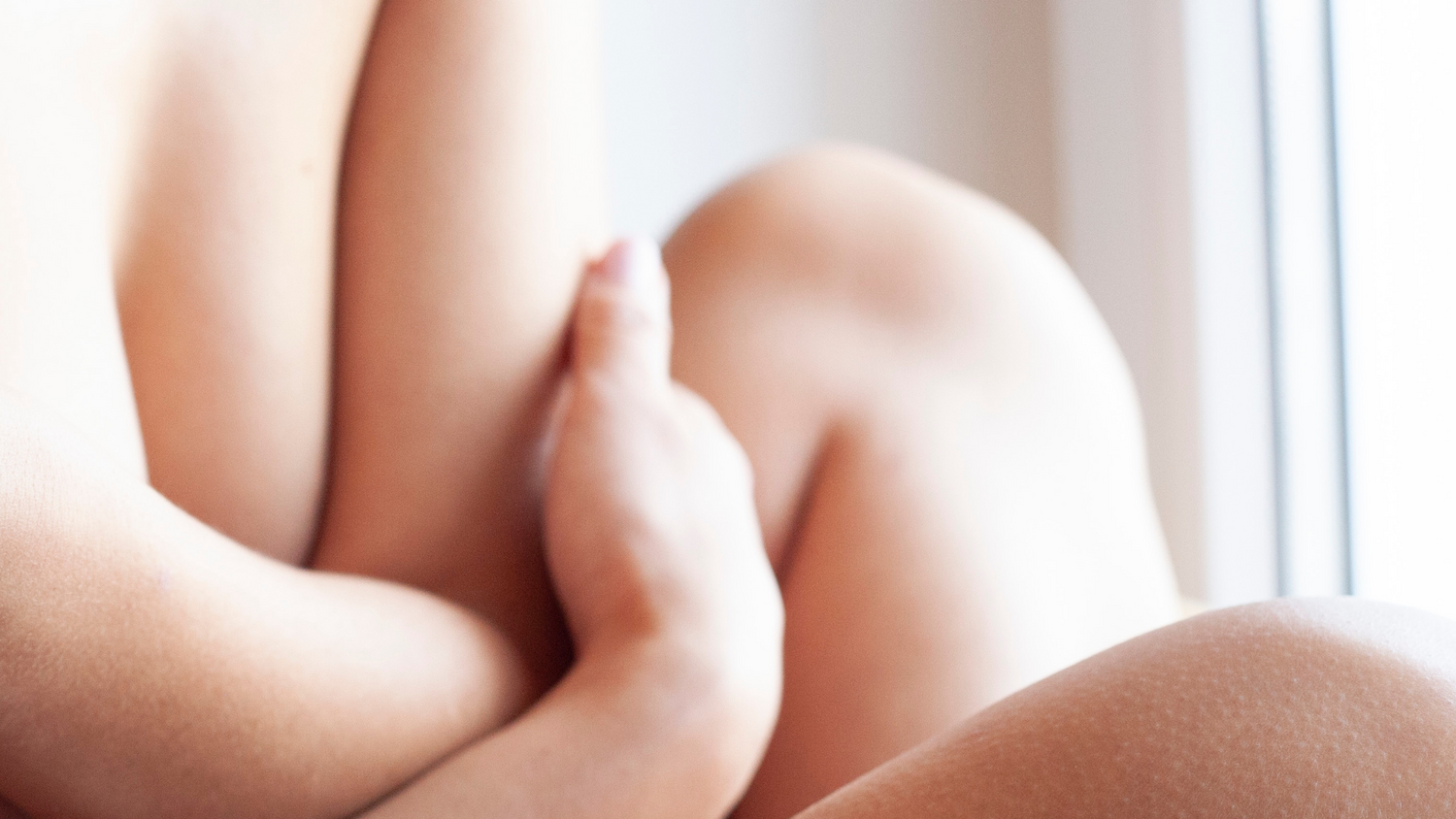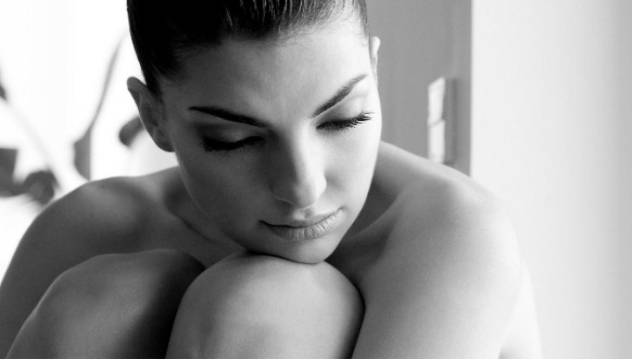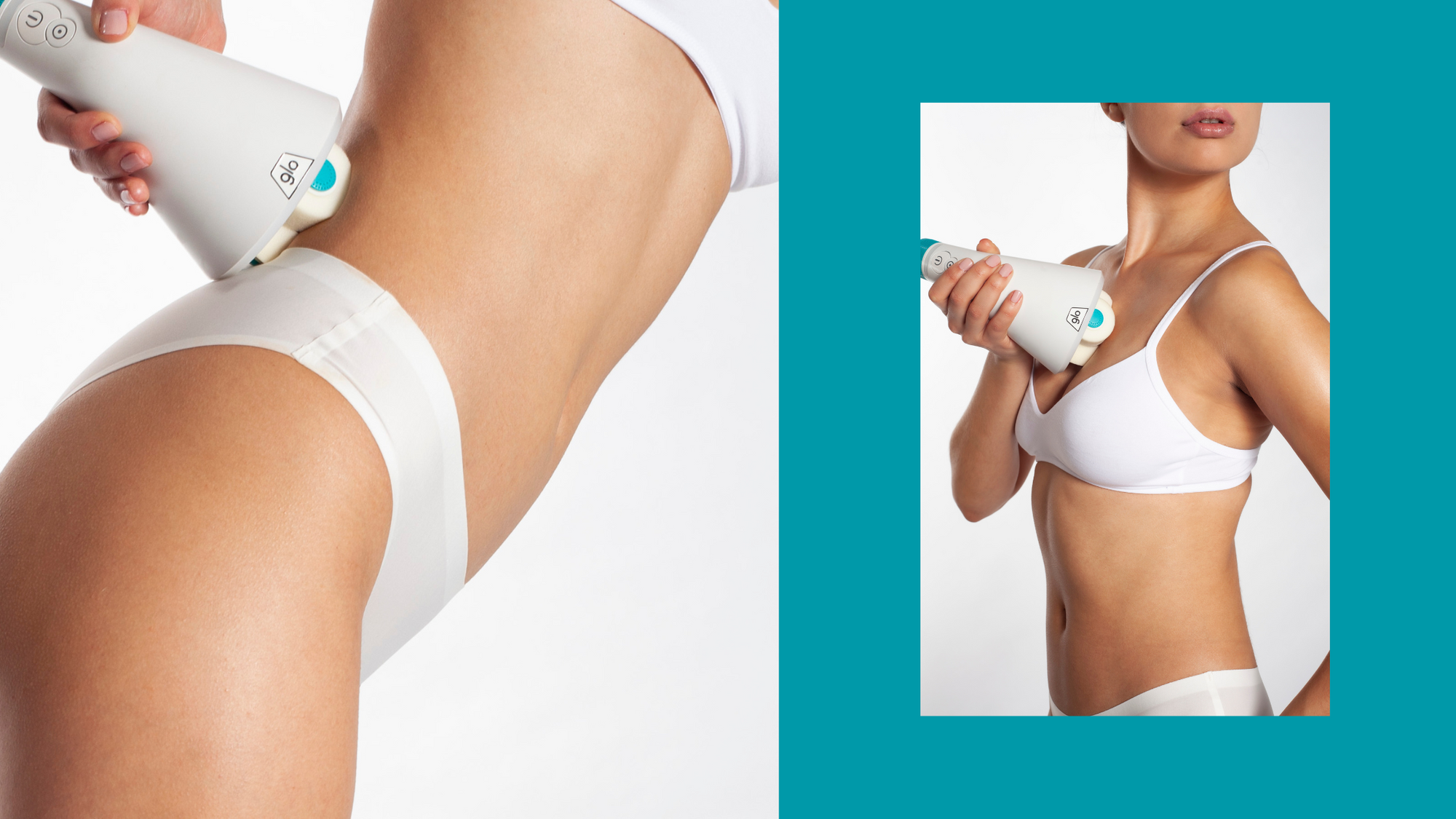Not all cellulite is the same, find out what you have! Here you can learn and see the diferent types of cellulite and grades.
You may have already noticed it, but cellulite is just too stubborn and persistent, appearing whenever they want and ruining our chances of fully enjoying a beautiful and smooth skin.
And although there are plenty of regimens and tools that can help eliminate cellulite, it is also important to consider what kind of cellulite you have, and the degree of your case. Doing this will definitely help you know the most effective thing to do to be able to treat it.
Without further ado, here's everything that you need about getting rid of cellulite
What are the different types of cellulite?
Cellulite is not something rare, as a matter of fact, it is actually more common to see various types of cellulite in the same person.
And while aesthetic cellulite is nothing fatal, and does not affect our health, it can have a negative impact on our self-esteem, especially it is considered as something unsightly according to today's standard of beauty.
You may not believe though, but centuries ago, women with cellulite were considered the sexiest, however, that's definitely not the case today. With catwalk models being considered as the aesthetic reference for beauty, we definitely have to be thin (without curves and cellulite) and curvaceous at the right place.
Cellulite is not just one woman's problem, studies reveal that 90% of women are affected by cellulite, making it even harder to boost one's confidence. As a matter of fact, even athletes and slim women can suffer from having cellulite.
Having a curvaceous body can be absolutely attractive, but it's even better if you can eliminate cellulite marks. According to Chinese studies, cellulite is connected with water metabolism. Additionally, it has been discovered that women suffer more from cellulite compared to men. As a matter of fact, a man may be very obese but it will hardly have cellulite

In general terms, cellulite is an accumulation of fatty tissue in certain areas of the body, especially in the thighs, stomach, hips, and buttocks where fat nodules form. These thickened nodules cause the surface of the skin to bulge, and appear uneven, with lumps and pits. And the orange peel appearance that shows in the skin is due to the process that occurs inside.
Here's the type of cellulite according to their extent, make sure to read them slowly so that you'll be able to find about your type of cellulite as well:
Generalized cellulite
- It usually occurs in women with excess weight.
- Those who pay less attention to their diet and eat a lot of calories throughout the day such as salty foods, fatty foods, and junk foods are also vulnerable to this type of cellulite.
- The cellulite process continues uninterrupted throughout the woman's life.
Localized cellulite
- It occurs in certain areas of the body.
- In women, it is frequently located on the thighs, inner knee, abdomen, buttocks, hips, and arms . Although only 10% of men have cellulite, in their case, it is located in the upper parts of the body and in the abdomen.
Here's the type of cellulite according to their characteristic
Soft cellulite
- It is the most common type of cellulite to occur in the body and the one that leads to greater psychological and aesthetic repercussions.
- It occurs mainly in people over 35 and sedentary people.
- It is characterized by forming the typical "orange peel".
- It is soft to the touch, has extreme flabbiness and a gelatinous appearance.
- It is more noticeable during movement than hard cellulite, even when simply walking.

- It is not usually painful, but it can produce a certain feeling of heaviness.
- It increases with age or when gaining weight.
- It may be accompanied by spider veins or varicose veins.
- It is often associated with an atrophic musculature.
- Lack of exercise exacerbates the condition.
- Affected areas: It occurs mainly on the anterior and posterior sides of the thighs and buttocks, although there are also cases in which it occurs on the abdomen, arms, and back.
- Suggestions: Exercise regularly, consume protein, avoid sudden changes in weight, and apply anti-cellulite products through massages that activate circulation, drain, and reaffirm.
Hard cellulite
- This type of cellulite usually affects especially young women, athletes, and dancers.
- The skin looks smooth, firm, and without edema.
- The skin is hard to touch, and the cellulite is usually located mainly in thighs and buttocks.
- It also reveals itself with the typical " orange peel " appearance, but unlike the soft type, the affected area is not flaccid.
- It is a type of cellulite easier to treat.

- This type of cellulite is not so visible to the naked eye. It can be seen when we tighten the skin, appearing the typical irregularity of cellulite.
- In some cases, it is painful to the touch.
- Affected areas: It occurs frequently on the outer side of the thighs, buttocks, and on the inner side of the knees.
- Suggestions: Improve diet, consider getting a deep subcutaneous massage that mobilizes and drains fat and toxins, lymphatic drainage, and mesotherapy.
Edematous cellulite
- It is an infrequent type of cellulite and is usually accompanied by being overweight, or due to fluid retention (lymphedema)
- It generally appears in women between 20 and 30 years old.
- The legs are very swollen.
- It is linked to a malfunction of the circulatory and lymphatic systems; Although there are also other factors that increase the chances of it appearing, such as leading a sedentary lifestyle and eating a diet rich in carbohydrates and sodium.

- It has significant fluid retention due to poor blood or lymphatic circulation.
- Characteristics of soft and hard cellulite can be observed at the same time.
- The consistency of the skin feels pasty, and even painful, both to the touch or when sitting for a long time.
- It is generally accompanied by edema, cramps, heaviness, and pain.
- Affected areas: It occurs mainly in the legs (thighs, knees, and lower legs)
- Suggestions: Improve circulation and venous return through lymphatic drainage massages, dry brushing, exercise without impact, consuming foods with diuretic properties, avoiding salt, prepared meals, etc. Perform lymphatic drainage massages and pressotherapy.
If you have questions, read our article of edematous cellulite symptoms and treatment.
What is the lymphatic system?
The lymphatic system is responsible for transporting toxins and fluids from the body. Unlike the circulatory system, which relies on the heart to pump blood safely and rhythmically, the lymphatic system does not have a mechanism to help it. When this system does not have the necessary capacity to move all liquids and toxins, the edematous cellulite occurs.
As it is impossible for the body to eliminate toxins and excess fluid that is in the body, swelling appears, fluid retention, pain, or even loss of sensation in the legs appears.
When this happens, it is vital to stimulate the lymphatic and circulatory system through lymphatic drainage massages, pressotherapy, and dry brushing .
The 4 types of cellulite according to grades
In terms of aesthetics, there 4 degrees of cellulite are recognized, and they can be classified as follows:
Grade I: it is practically not visible, you must squeeze the area a lot so that the cellulite becomes visible.

Grade II: Cellulite is visible to the naked eye if you squeeze the affected area.
Grade III: It is not necessary to squeeze the area, cellulite is perceived when standing in front of a mirror. However, if you are lying down without squeezing it is not perceived.

Grade IV: It is the most serious degree of cellulite, and in some cases, it can be painful. It is always accompanied by excessive fluid retention and edema. Cellulite is perceived even when lying down without contracting the muscles or squeezing the area.
And now that you are aware of what type of cellulite you have and how you can it, we are hoping that this post has helped you have an assurance that it is possible to eliminate these nasty cellulite lines in our body.

If ever you are feeling a little desperate, and you absolutely need an ally to erase it from your body and feel better in a short amount of time, Glo910 always got your back.
Glo910 is a luxury for your body, an aesthetic treatment designed specifically so that you can finally attack the culprit that causes cellulite, whatever your grade and type. If you are interested, make sure to check our website for my details and wonder products that really do their job!
Discover Glo910 anticellulite device, a revolutionary solution to celluite at home.
Do you have any doubt about what type of cellulite you have and how to get rid of it? Take a simple free test to get an assessment.
We also leave you this interesting article on how to use a cellulite massager.


